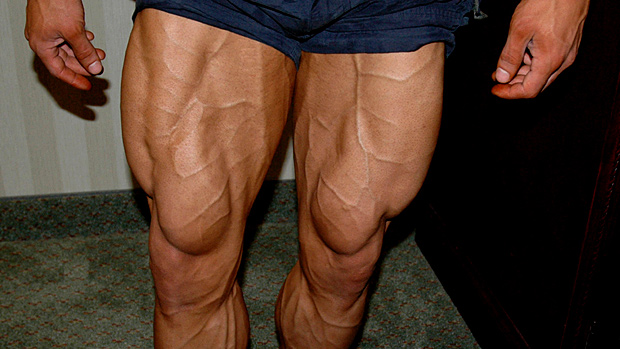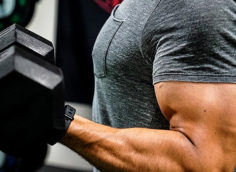Lunges are one of the best lower body exercises out there. There are so many different variations that you'll never get bored, and the carryover to strength, balance, coordination, and flexibility is important for all lifters.
Generally, most people will just do forward and backward lunges, and not really put any thought into how this exercise can be developed. Two key variables that people often miss are:
- Amount of hip flexion: Obviously, on the floor you can only go so far down before your knee makes contact with the ground. You have to stop basically at parallel.
- Lunge angle: If we were strength training for sprinting and fast changes in direction, you're not really ever going to stop in a perfect square-on position with your knee tracking your toe, are you? Fair play if you can, but I've never seen it.
This movement fixes both issues. Elevating the front leg is the perfect way to create that extra flexion at the hip and make it more relatable to deep squatting. Adding the directional changes with the back leg starts to work angles of your glutes, quads, and hamstrings that you never knew existed.
The best way to keep your lower back, knees, and overall performance happy is to have strong hips. When you think about how mobile your hips actually are (or should be) there's always room for improvement. Even without the plate elevation, throwing in the variety of angles to your warm-ups could mean the difference between you completing a 5/3/1 program, or having to back off because your knees are barking.
Because of the nature of the exercise and the full range of motion, I'd also be inclined to use this exercise over certain dynamic or static stretches for cooldowns, depending on the athlete. If you feel like stretching isn't working for you and you're still constantly stiff and tight the day after your workouts, then this is definitely something to try implementing into your training.
The first time you try these for a full-on session you will honestly not know what to do with your legs. (If you could sell your legs to someone for less sore ones you probably would.) Good thing is, it doesn't take long to get used to them and you'll soon be wondering what you ever did for warm-ups without them!




